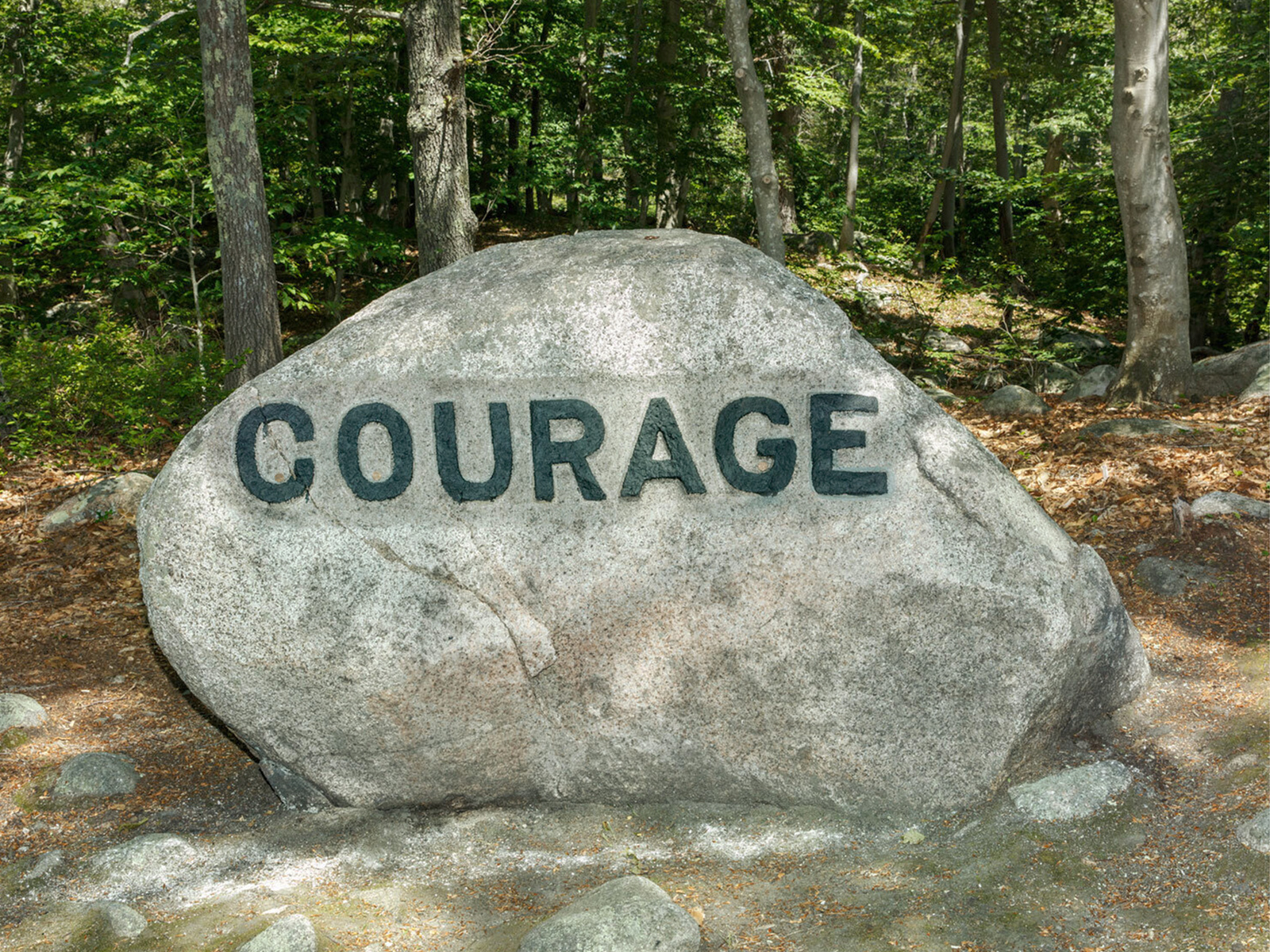Babson Boulders:
A Book Carved in Stone
Somewhere in Massachusetts, between Gloucester and Rochester, lies the woods of Dogtown. The location, once home to over 100 families, was quickly deserted after the War of 1812 as inhabitants moved back in closer proximity to the coast. After abandonment, the area became notable for its idyllic beauty. Its landscape is full of hills, thick forests, and boulders of impressive stature, which were noted by Henry David Thoreau during his visit in 1858, “We could see no house, but hills strewn with boulders, as though they had rained down, on every side…” The scenic quality of the ghost town was an attraction to many looking to escape the stresses of daily life including a near-by resident and oddball millionaire by the name of Roger Babson. Babson was doggedly persistent and insatiably curious, a combination amounting to a list of lifetime accolades as equally eccentric as impressive. In 1904 Roger started a company with his wife Gloria selling financial statistics and analysis. In true Babson fashion, the company’s methods of success were grounded in the unorthodox belief that notions of “gravity could be used to explain movements in the stock market.” The seemingly preposterous connection gained traction after Babson predicted the stock market crash of ’29 at a business conference, only 24 days before the event transpired.
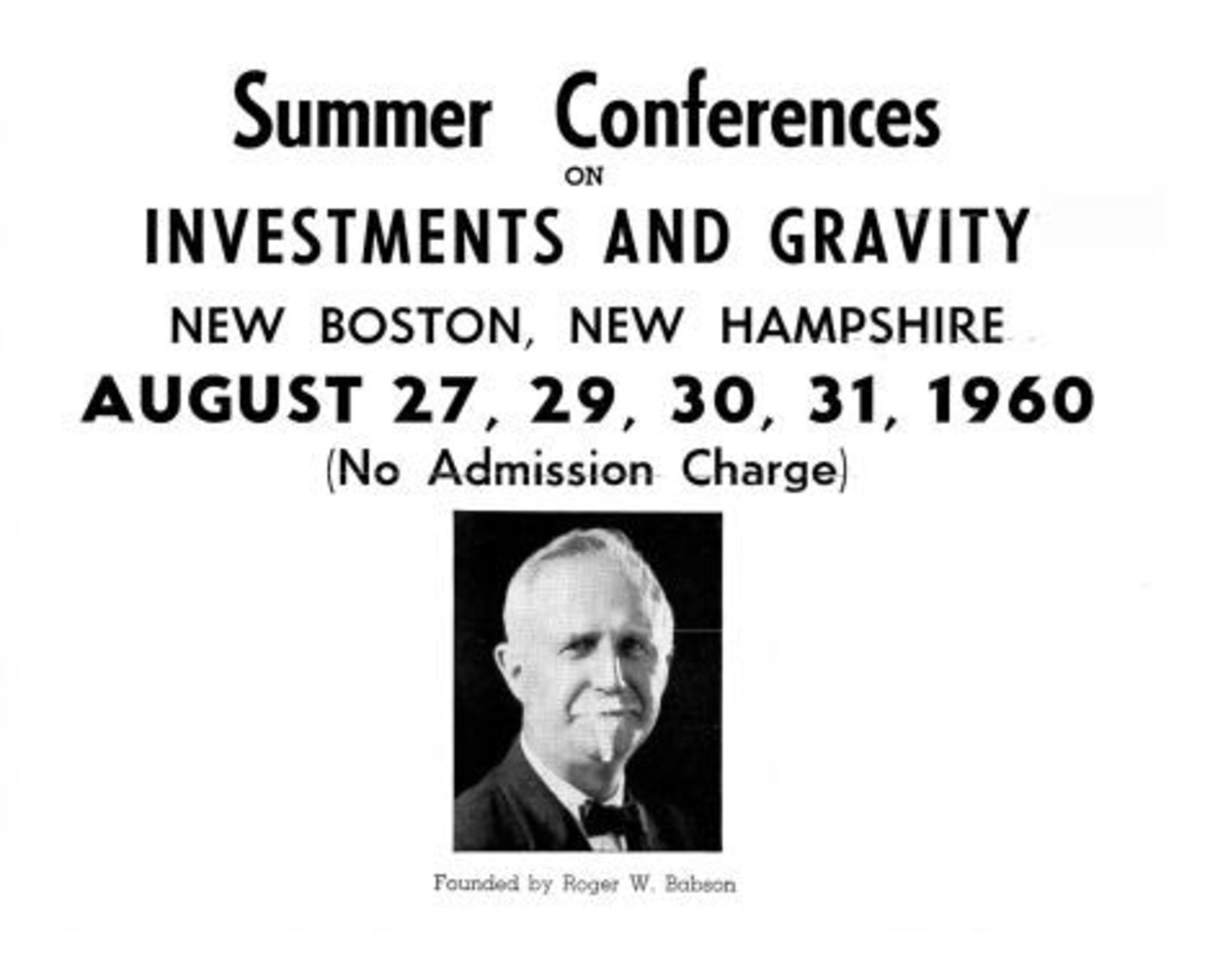
Flyer for Roger Babson’s summer conference on “Investments and Gravity” (1960)
His fascination with Newton’s law deepened when he opened his own Gravity Research Foundation where he attempted to find the means to shelter objects from gravity’s effects, thus rendering them weightless. For Babson, amassing a fortune was never the goal, but rather a means of investigating his every whim and interest. Throughout his life Babson used his fortune to open a college (1919), submit the first patent for a parking meter (1928), and run for president (1940). Yet amidst all of his accomplishments, his most unique legacy remains an altruistic personal project set in his favorite wilderness retreat.
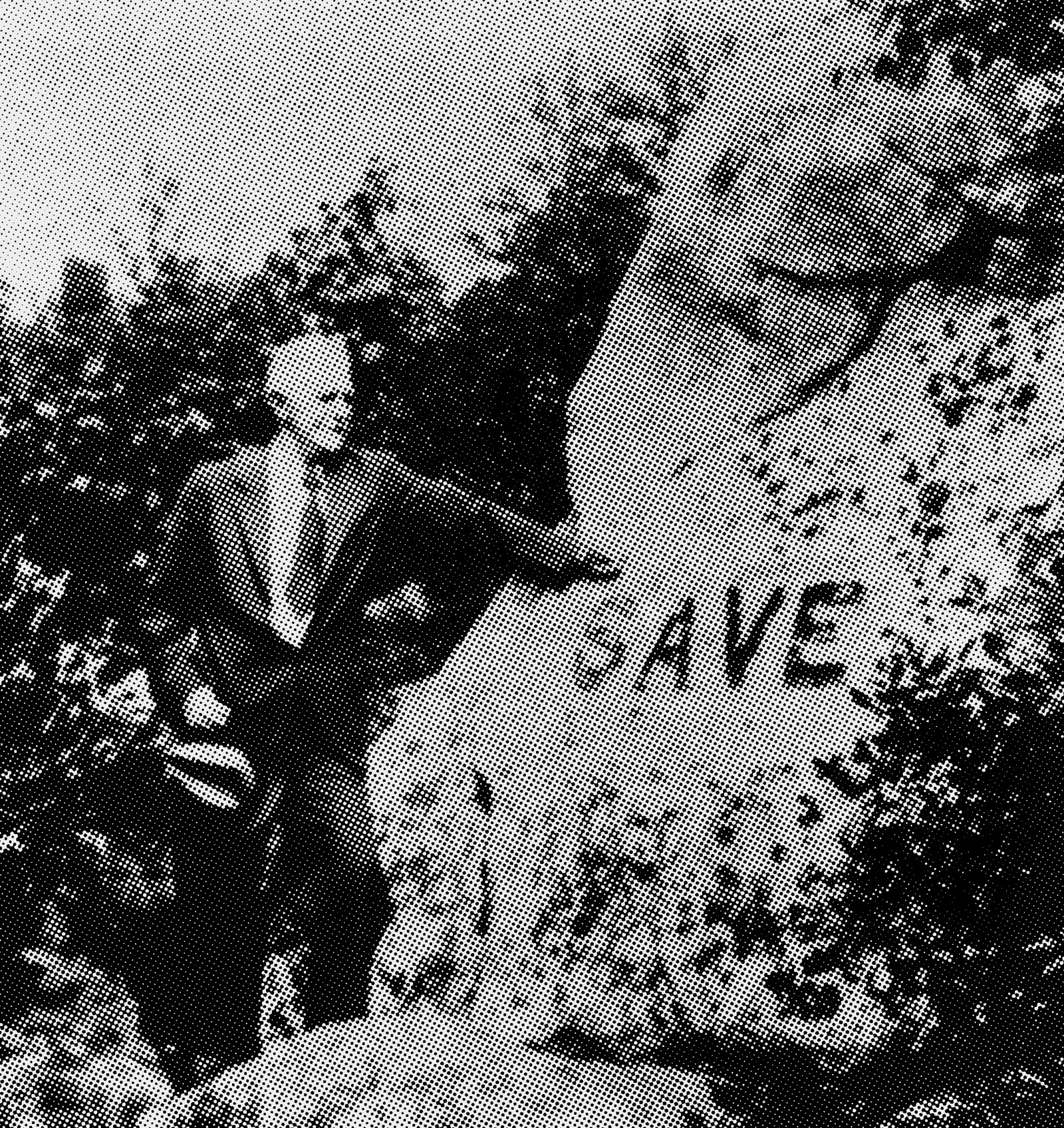
Roger Babson, next to the “SAVE” boulder (1892).
In his 1935 autobiography Actions and Reactions Roger Babson made mention that, “…there is something inspiring in the huge barren hills and great boulders of Gloucester’s Dogtown.” Babson was keen to preserve the “history and romance” of the settlement and went on to publish a pamphlet documenting the town’s past, which included a map of the homes of Gloucester’s oldest residents. “This pamphlet contains a map of Dogtown, on which are located definite spots where Gloucester’s oldest families once lived. As a key to the map, I had a corresponding number carved upon the nearest boulder to each of these old cellars. There were originally over sixty of these homes, of which I have located forty. I must class(ify) Dogtown as one of my hobbies.”
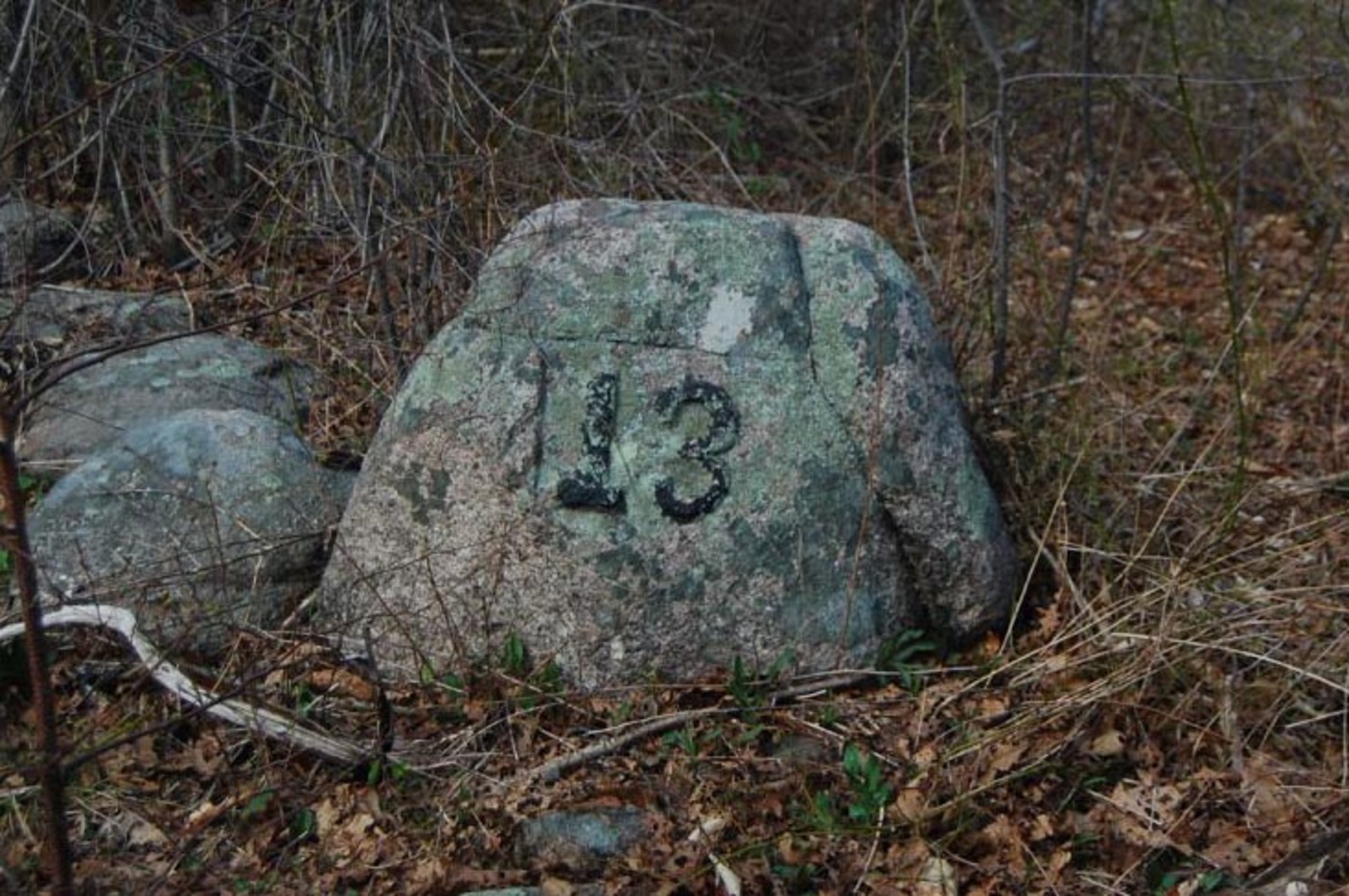
A boulder carved by Babson marking the homes of Dogtown’s oldest residents
Two years later, in the midst of the Great Depression, Babson again turned to the boulders of Dogtown, this time to provide jobs and inspire a sense of hope. His plan involved hiring unemployed stonecutters to carve mottos into the large boulders in the woods. Messages such as “Keep Out of Debt,” “Never Try, Never Win,” “Be on Time,” and “Help Mother” were pulled from his library of self-help books, (called his Good Cheer Library) and inscribed into the faces of the enormous rocks. The project, which today provides a charming surprise for any Dogtown visitor, was not always adored by the community. His family, in particular, was never fond of his new hobby, “My family says that I am defacing the boulders and disgracing the family with these inscriptions, but the work gives me a lot of satisfaction…” Nor was local resident Leila Webster Adams who launched a campaign against Babson after he carved into a rock on her land. Nevertheless, Babson felt unwavering in his efforts as he believed other towns who were “blessed with such boulders” would put them to similar use. Today the etched ideas may ring as cliche or even patronizing, but Babson’s intent was anything but. Again as he writes in his autobiography, “I am really trying to write a simple book with words carved in stone instead of printed on paper.”
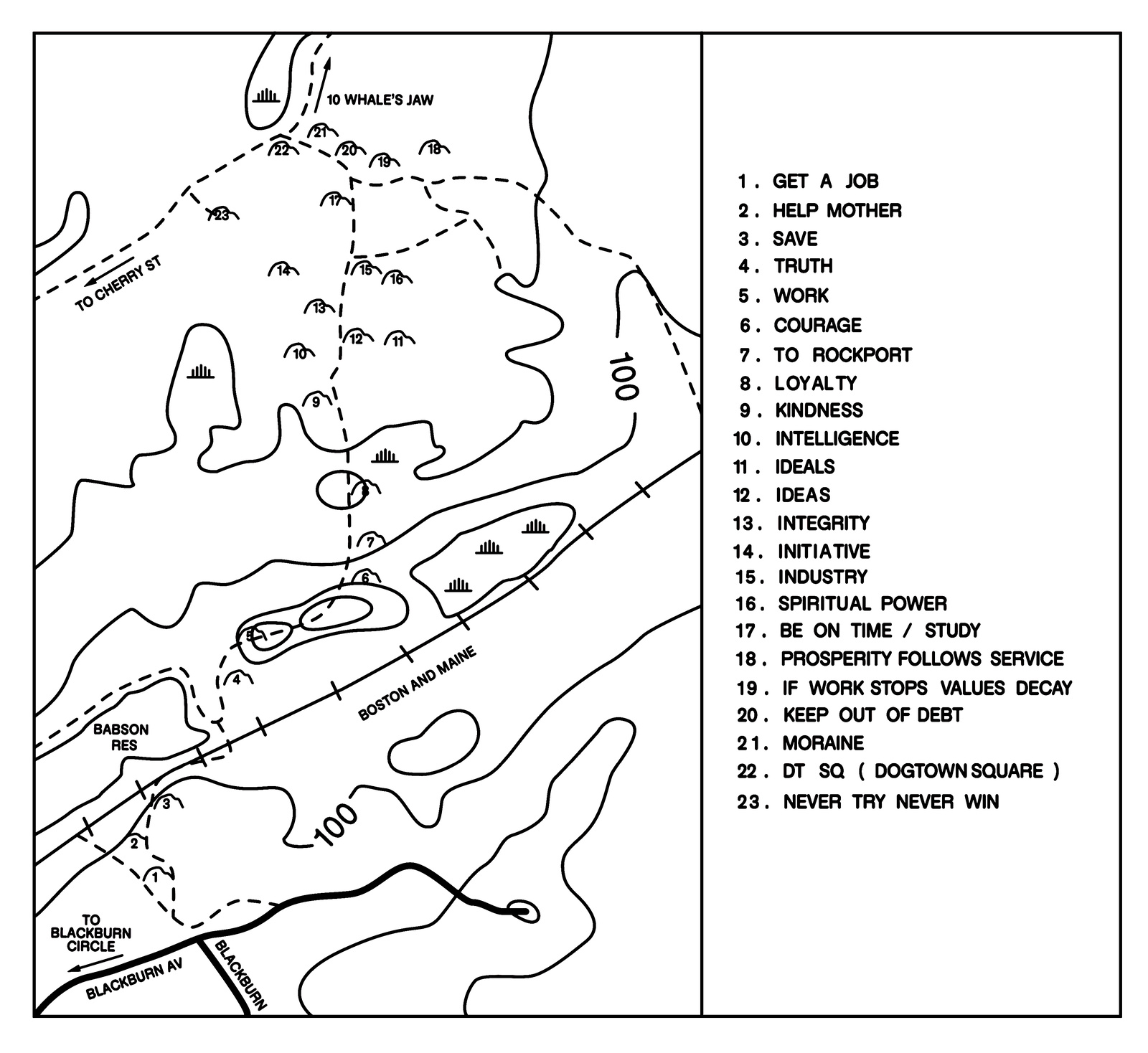
Map showing locations of all Babson Boulders

Photo courtesy of Bob O’Connor

Photo courtesy of Bob O’Connor
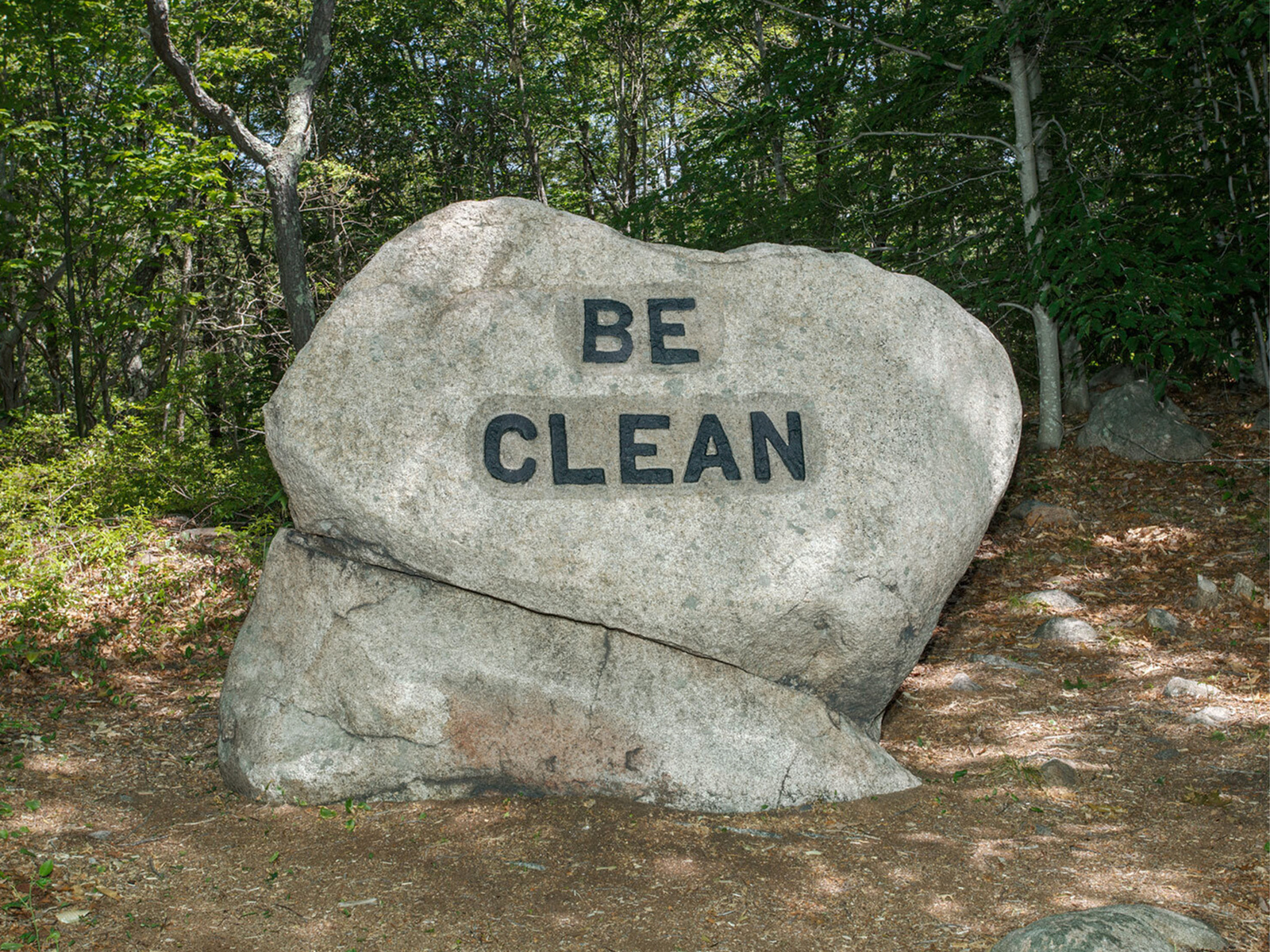
Photo courtesy of Bob O’Connor
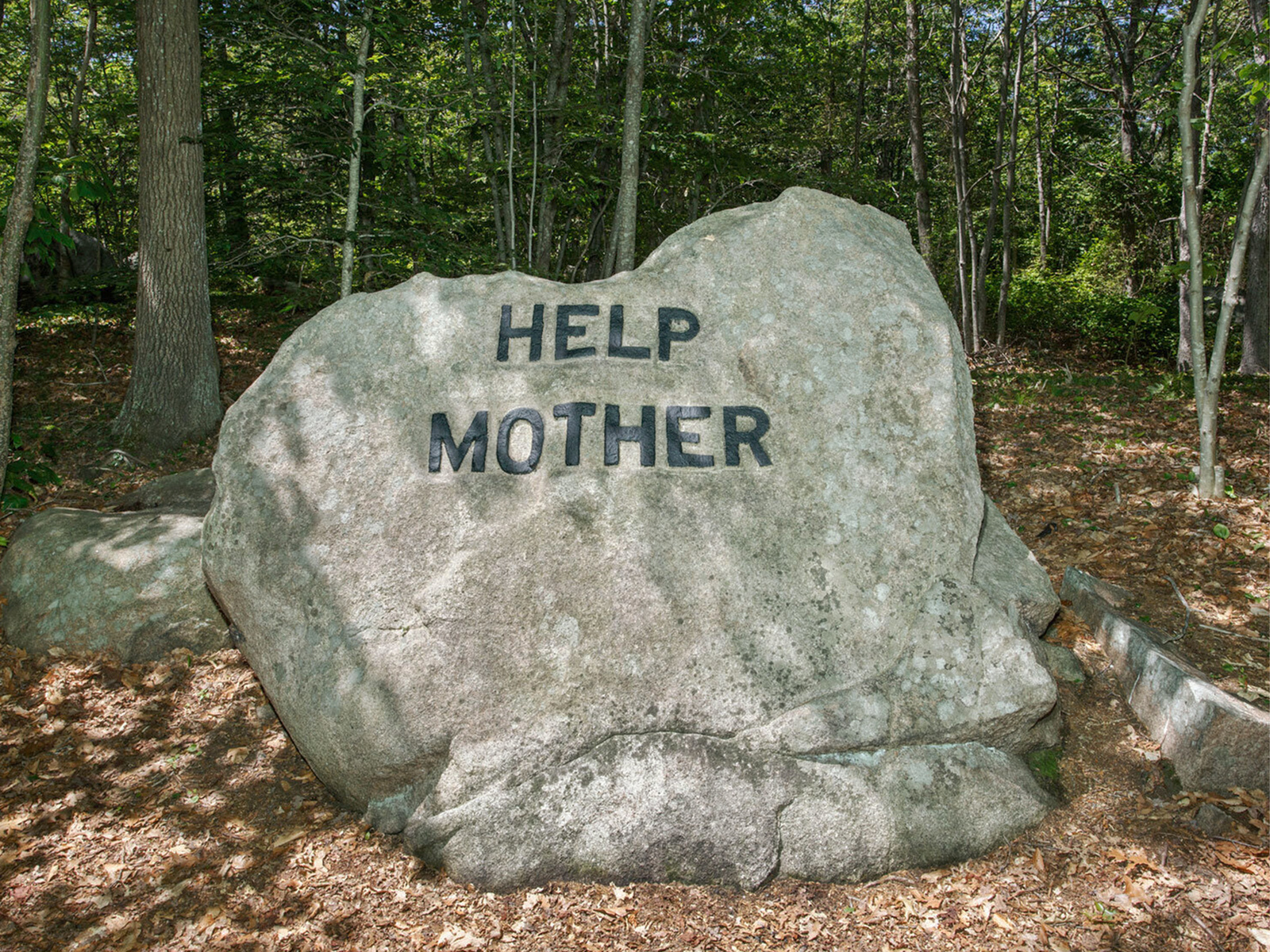
Photo courtesy of Bob O’Connor
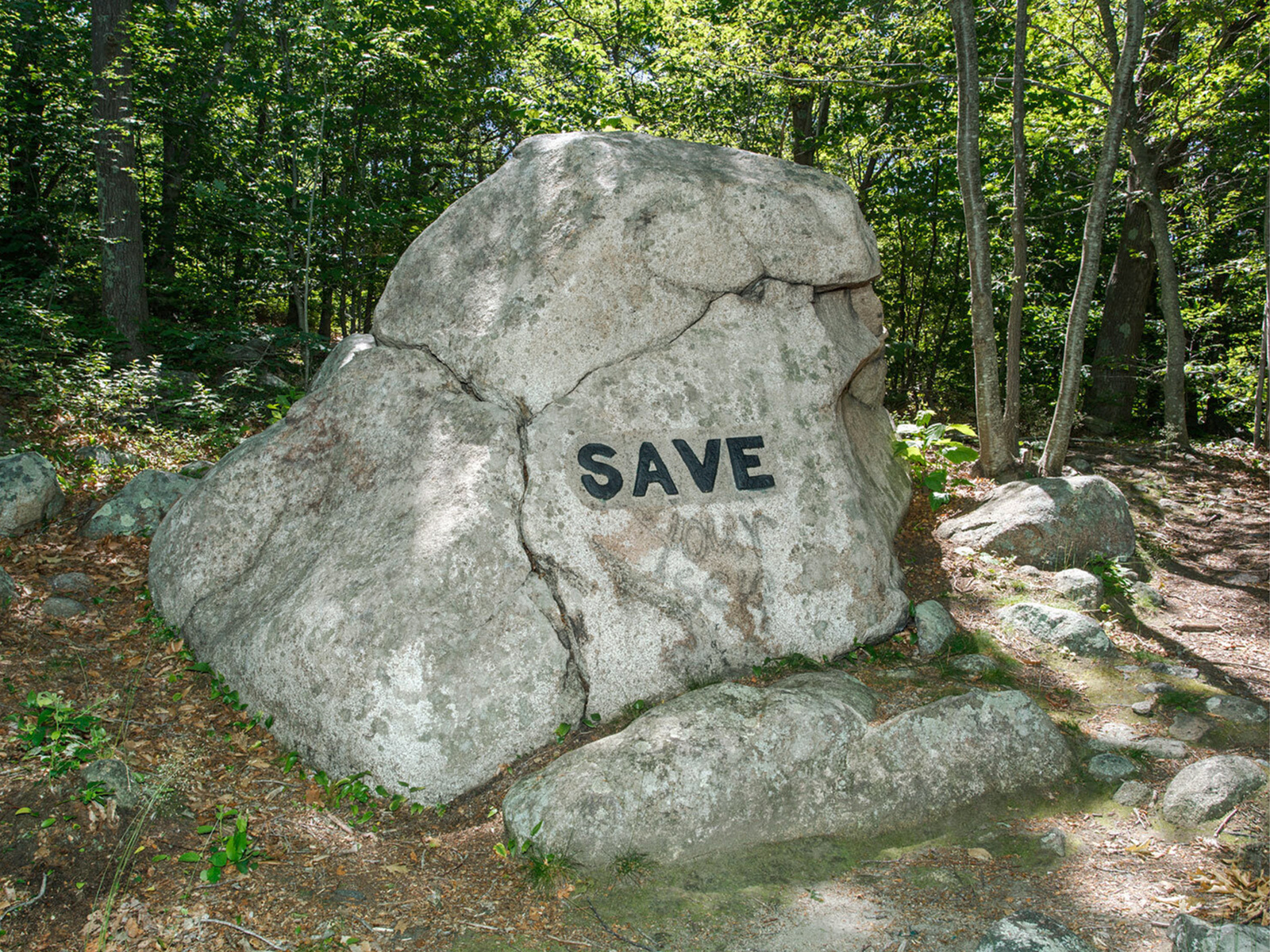
Photo courtesy of Bob O’Connor
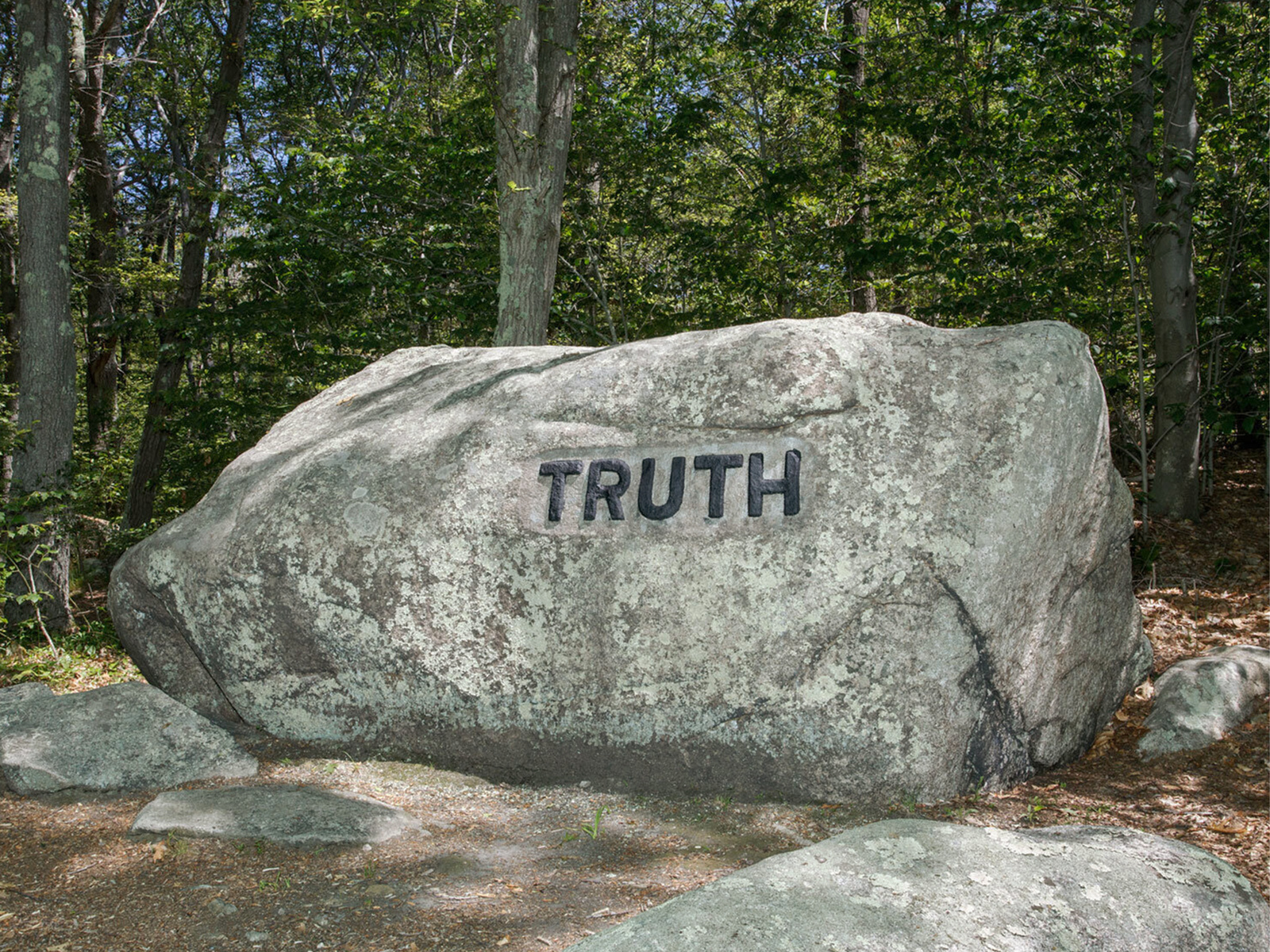
Photo courtesy of Bob O’Connor
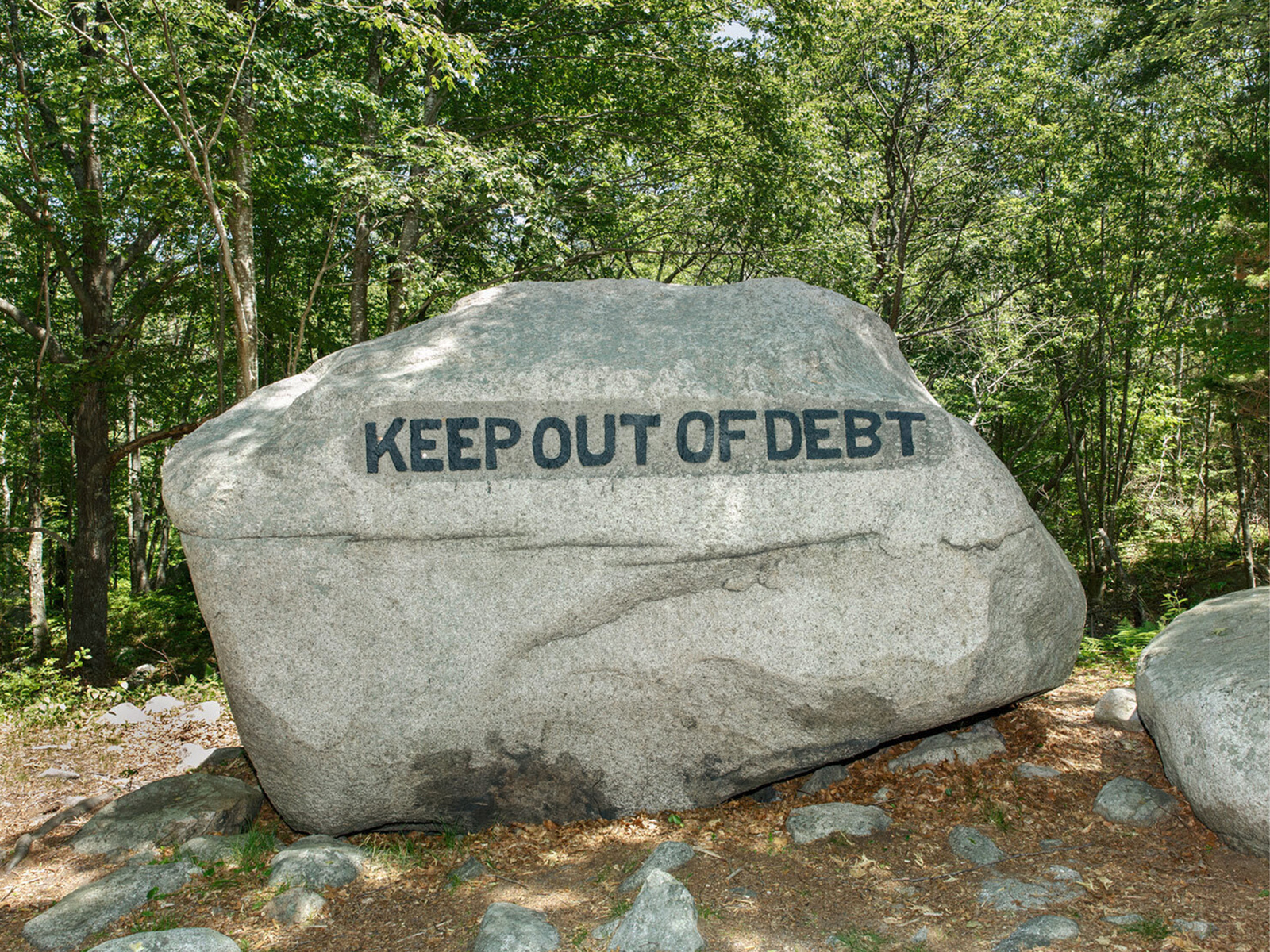
Photo courtesy of Bob O’Connor
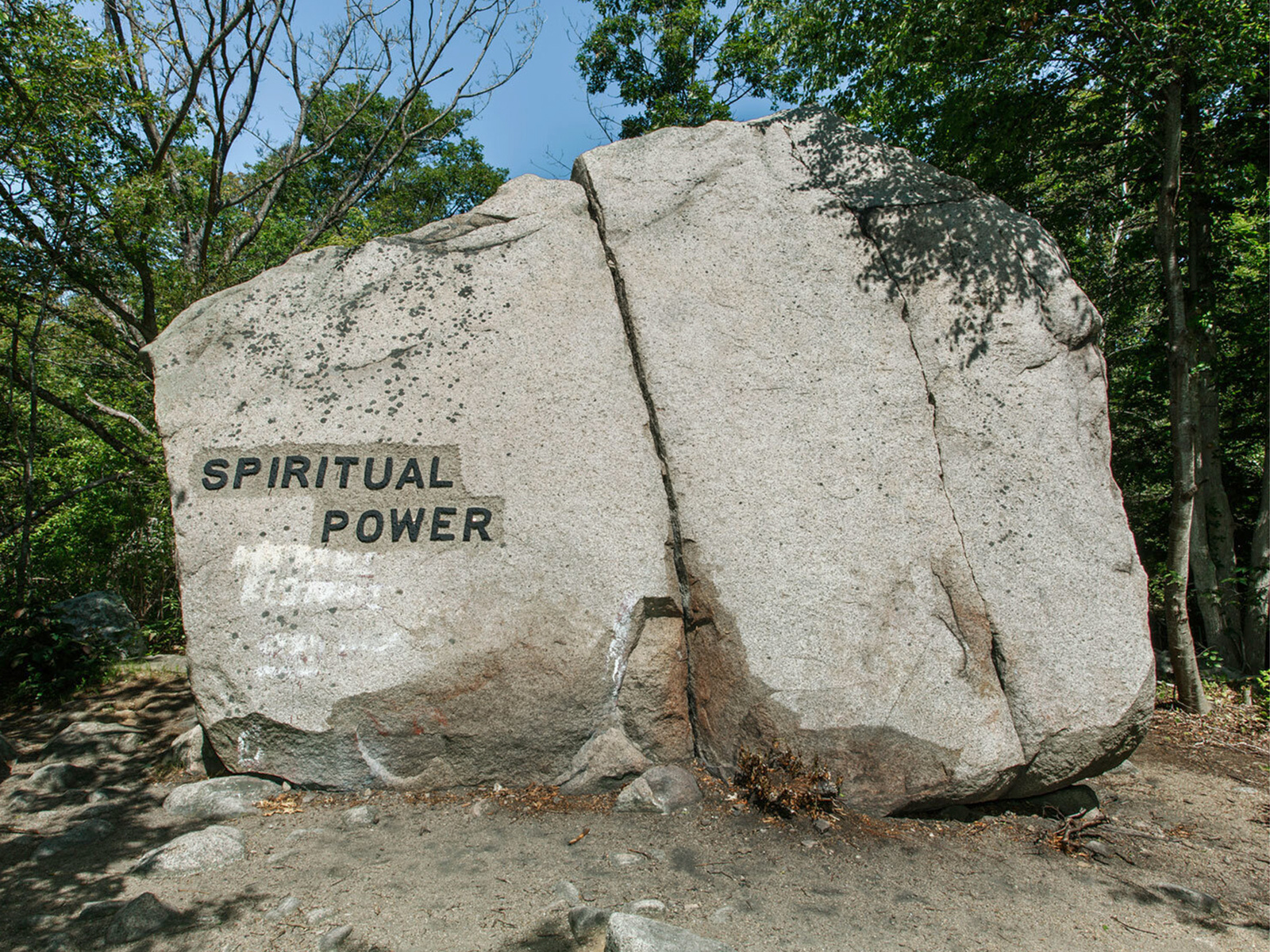
Photo courtesy of Bob O’Connor
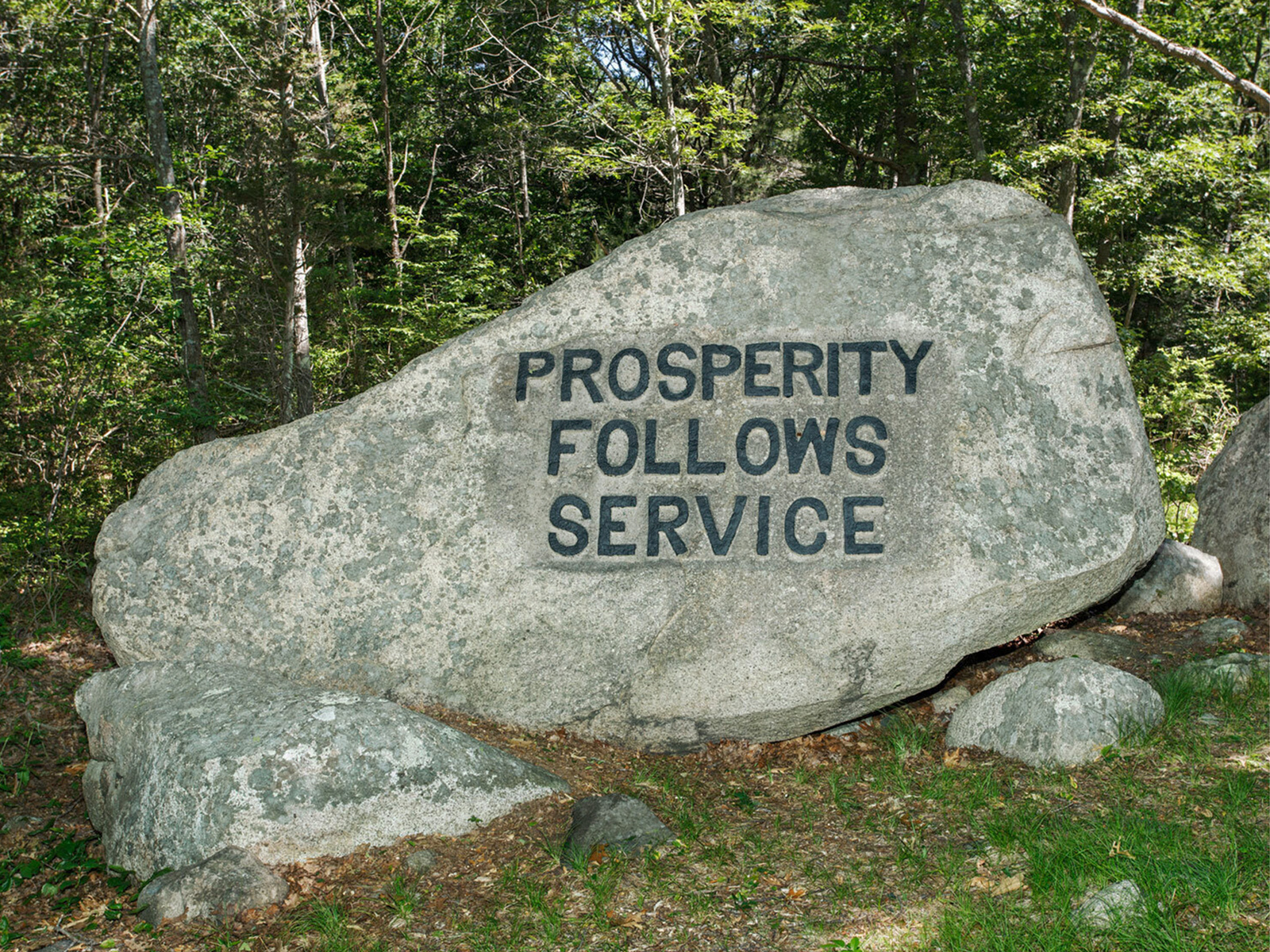
Photo courtesy of Bob O’Connor

Photo courtesy of Bob O’Connor
